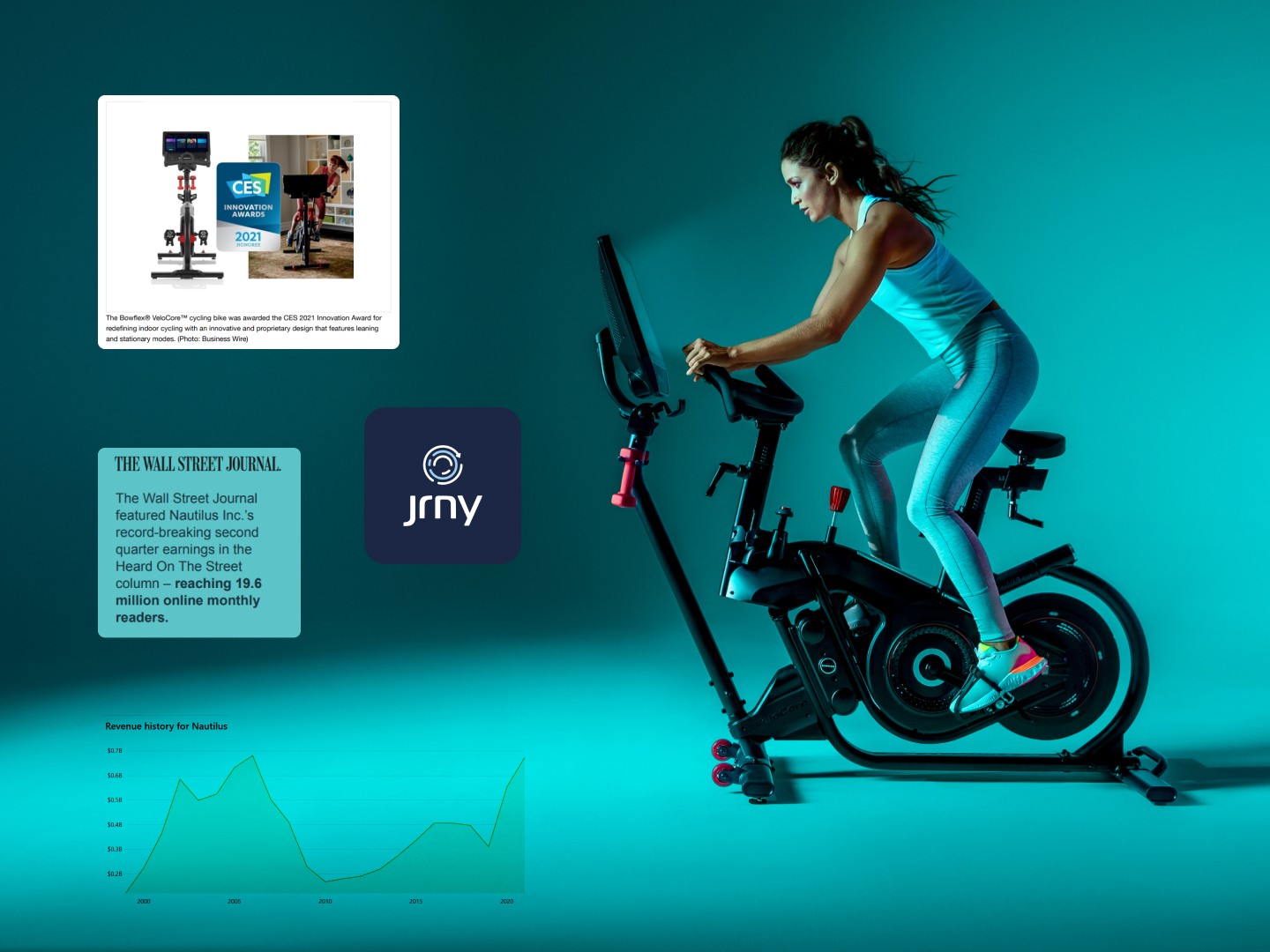The BowFlex® VeloCore® is a unique exercise bike designed to provide a complete full-body workout. By introducing dynamic leaning functionality, it breaks away from traditional bike modalities, engaging the upper body and core along with the lower body.
Paired with the patent-pending JRNY® digital fitness experience, the Bowflex VeloCore provides distinct advantages over market leaders like Peloton. The following case study covers the project from initial concepts to product release.

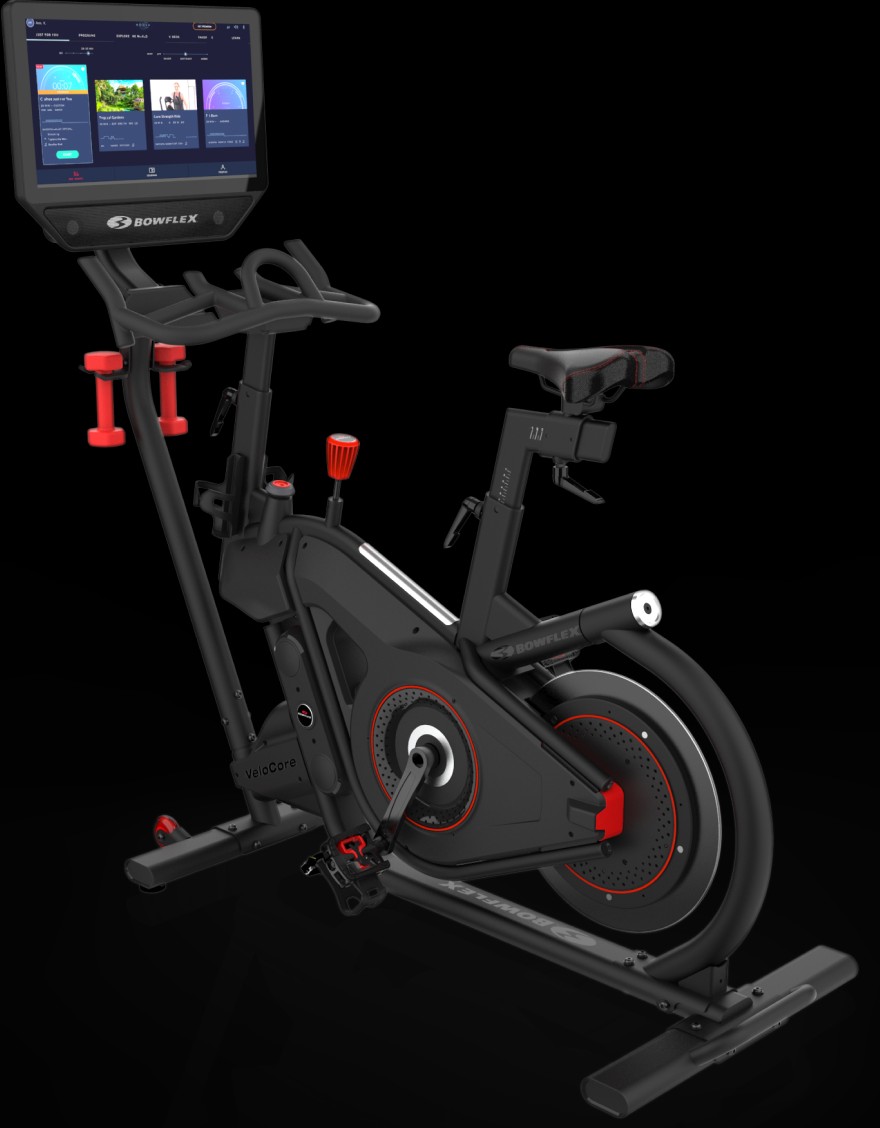
The Bowflex VeloCore bike.




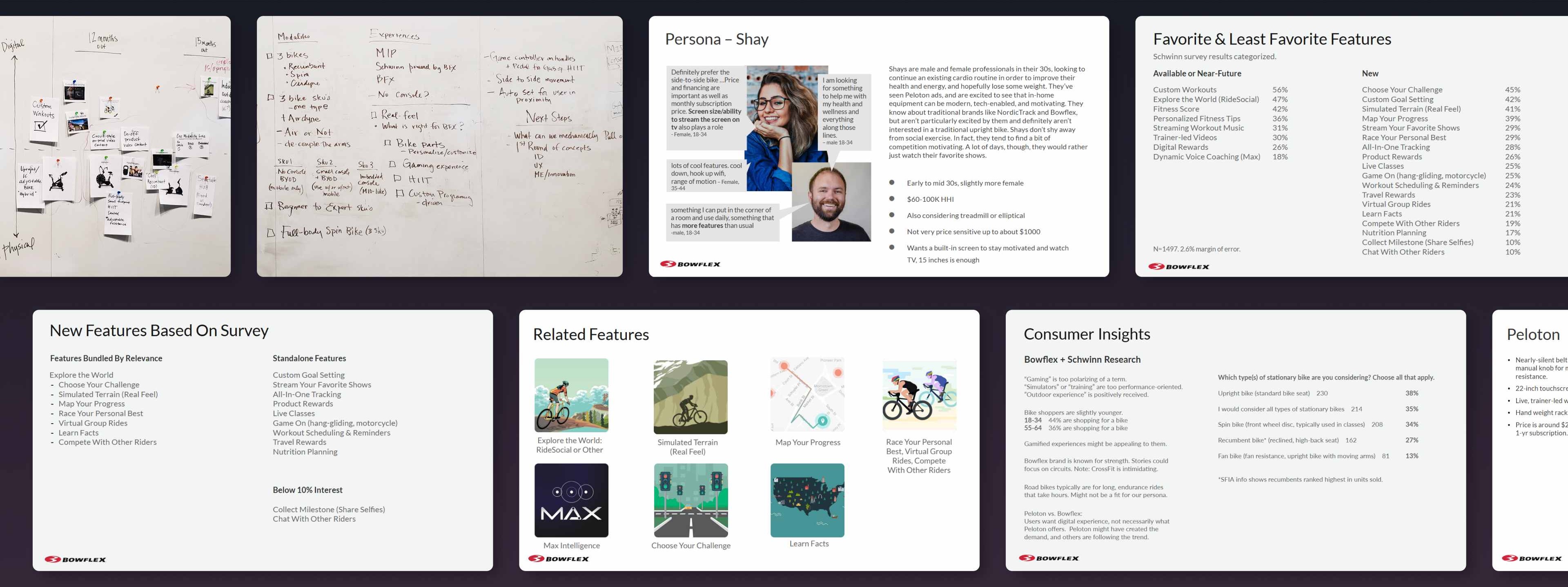
Innovation whiteboards and my product slides.

Essential as the first step in Nautilus’ bespoke product development process, Innovation was at the heart of every concept. We began with four brainstorming sessions that involved a small, core team of cross-functional innovators. Representing digital experience design, I worked hand-in-hand with directors, managers, industrial designers, hardware and software engineers, and researchers across numerous whiteboards.
Next, we broke off into our respective disciplines to explore agreed-upon concepts while staying in sync through efficient daily standups. This enabled us to work independently and quickly without blockers.
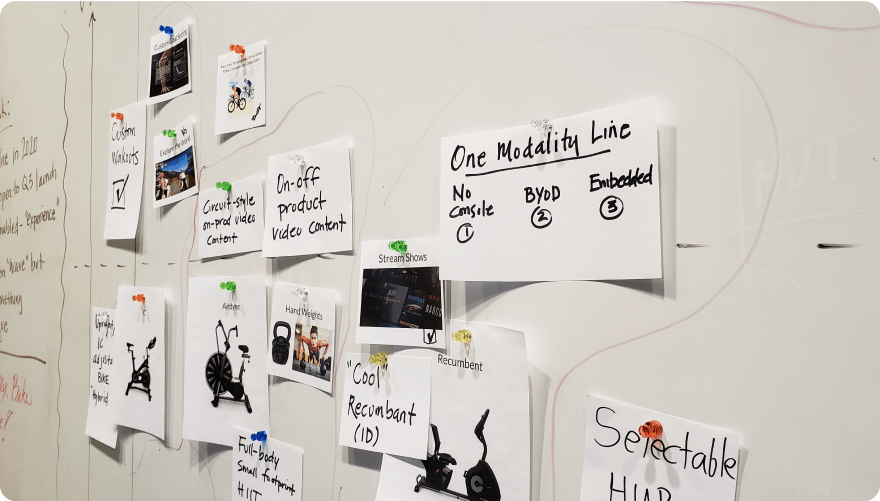
My partnerships with the product line manager and stakeholders allowed me to understand the business needs, industry info, and how our product should stand apart from others. We analyzed the market based on:
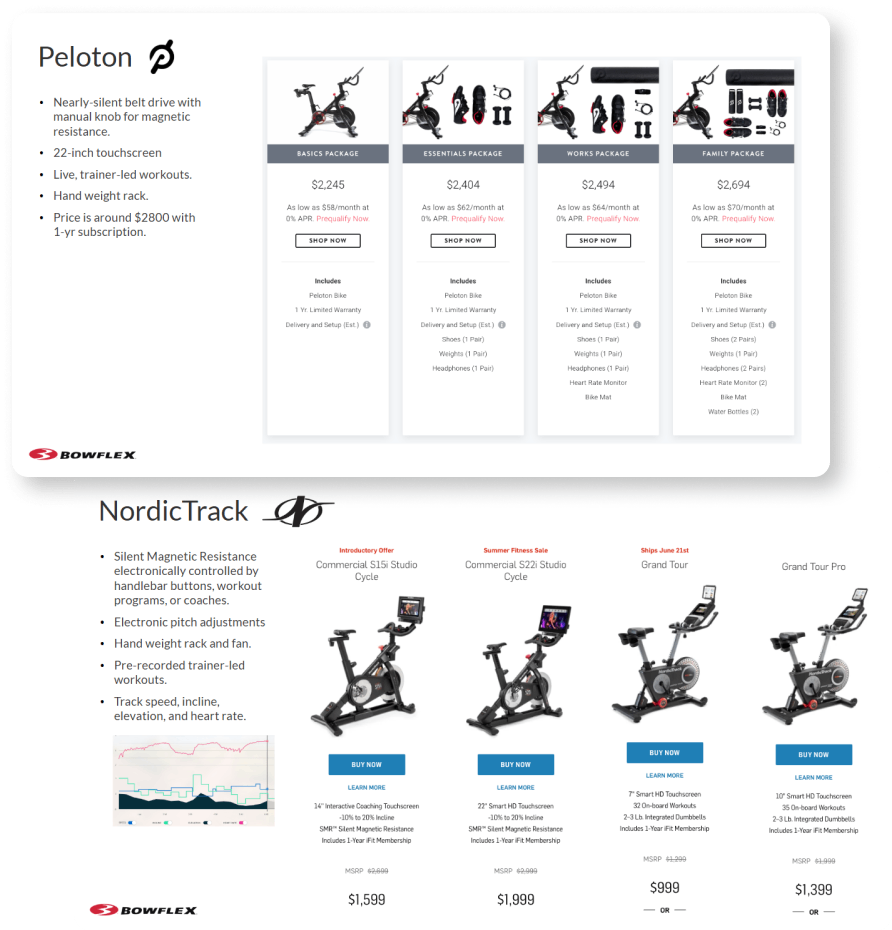
My collaboration with Consumer Insights researchers provided invaluable data on potential buyers. I participated in surveys and live interviews, and I created assets for a conjoint study. Through extensive research, our team composed a new persona and learned the following about them.
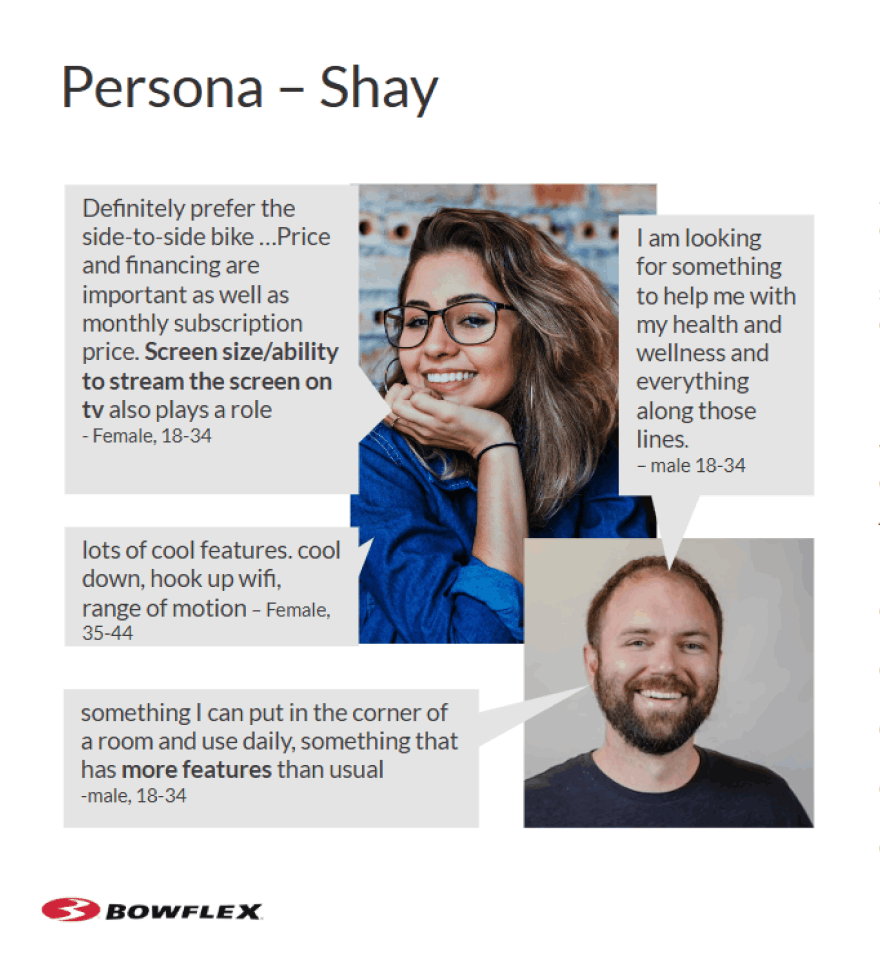
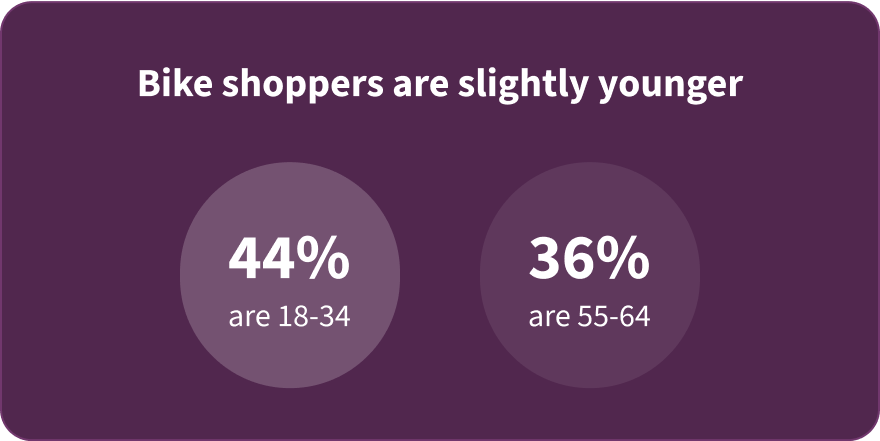
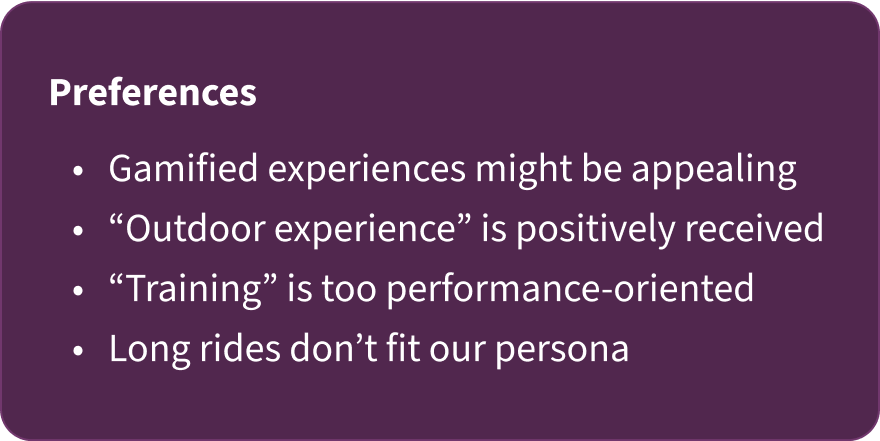
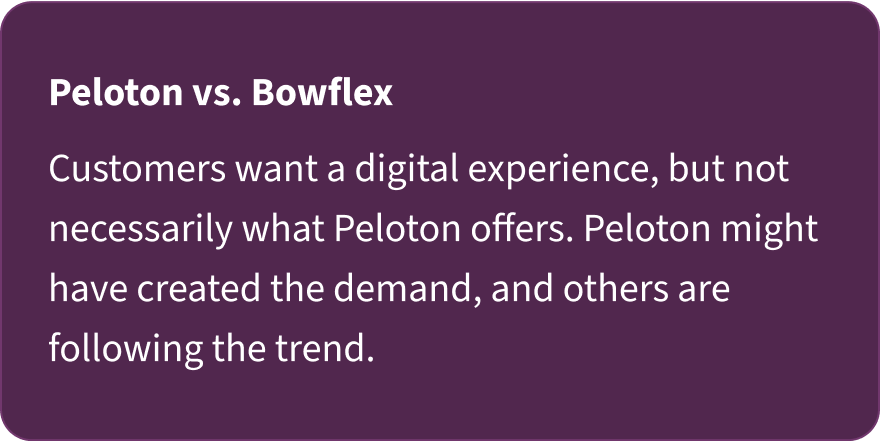
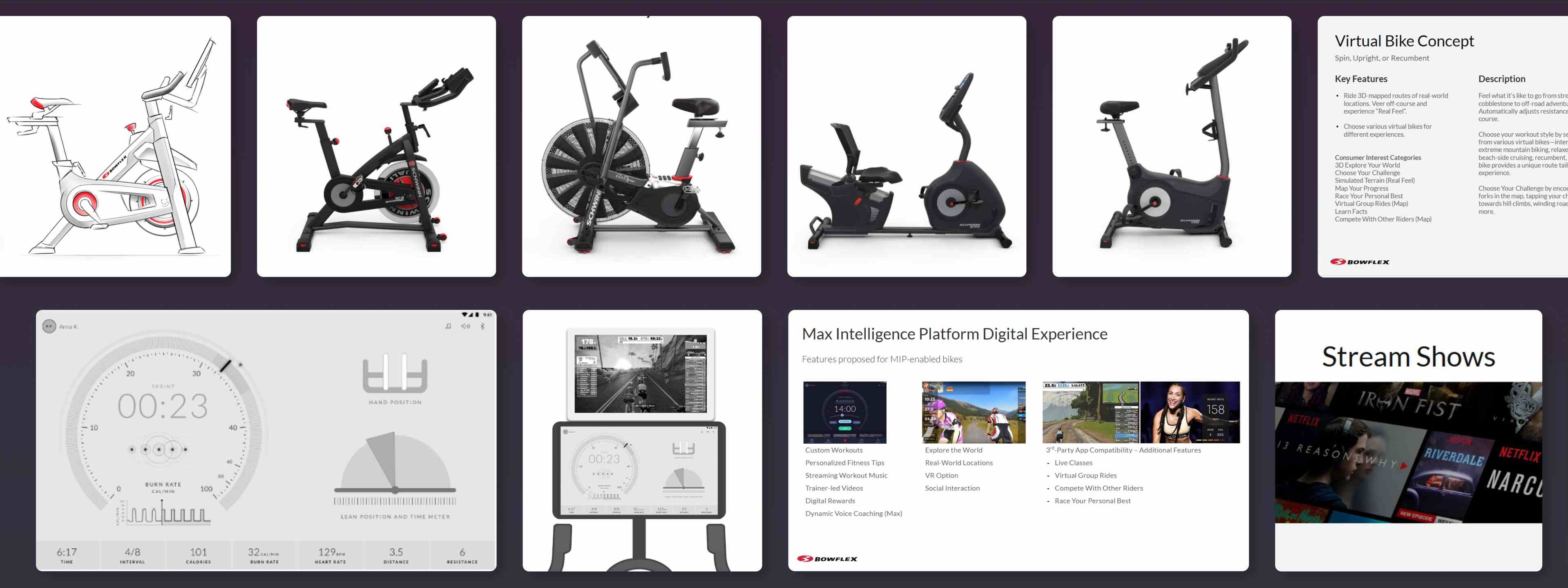
The Industrial Design team's concepts alongside my digital experience explorations.

The second step in the product development process distilled research, hypotheses, and ideation into defined concepts. We took everything we learned about the business and customer needs, turning them into multiple, rough hardware and digital prototypes to present to leadership.
During this stage, I spent a lot of time in the machine shop with mechanical and firmware engineers, testing physical prototypes together. I also collaborated with industrial designers, combining their mockups with my digital experience concepts and feature sets. Below are just a few example product concepts from our explorations.
I presented all of our findings and concepts to the leadership team and answered questions during the selection process. Some ideas were slated for future development, and one was chosen as the clear winner.
Immerse yourself in entertainment with a hi-tech, fully articulating bike with AI to personalize your experience.
Designed with side-to-side leaning that mimics real-world turning, lateral resistance engages your arms and core muscles.
These actions along with pedaling create a full-body workout with numerous motion combinations that make every session feel new and fun.
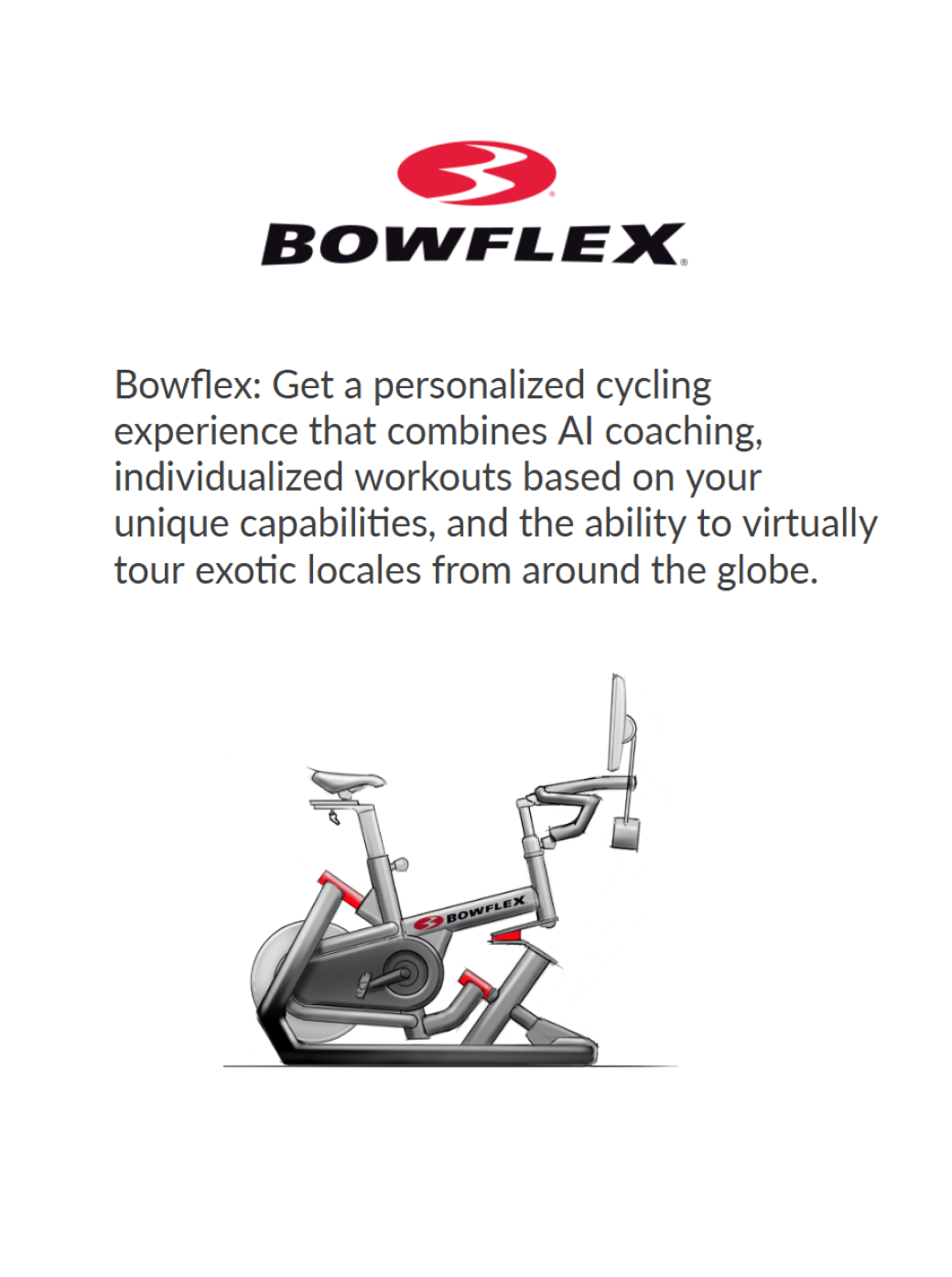
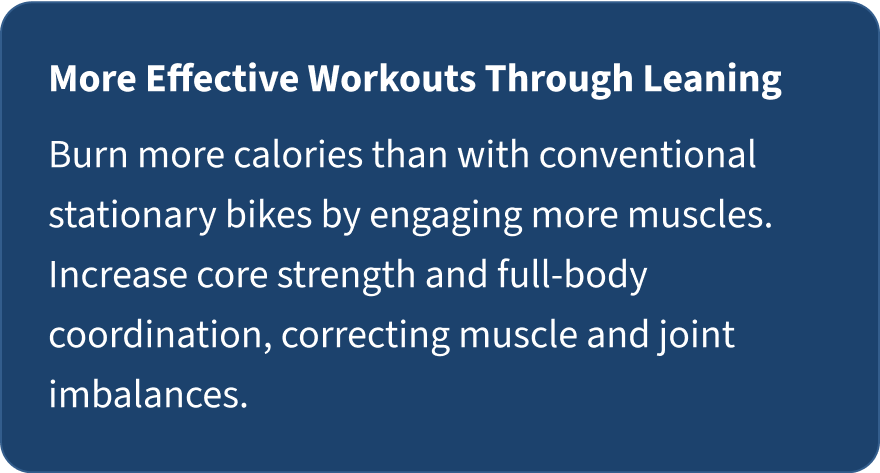
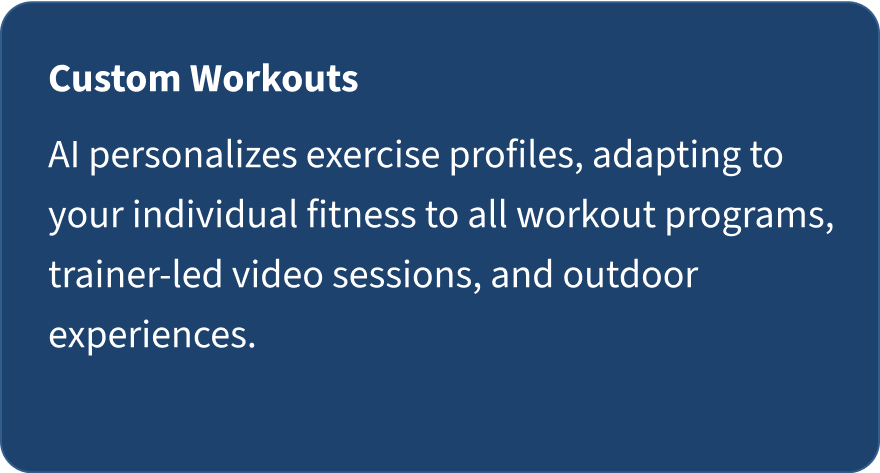
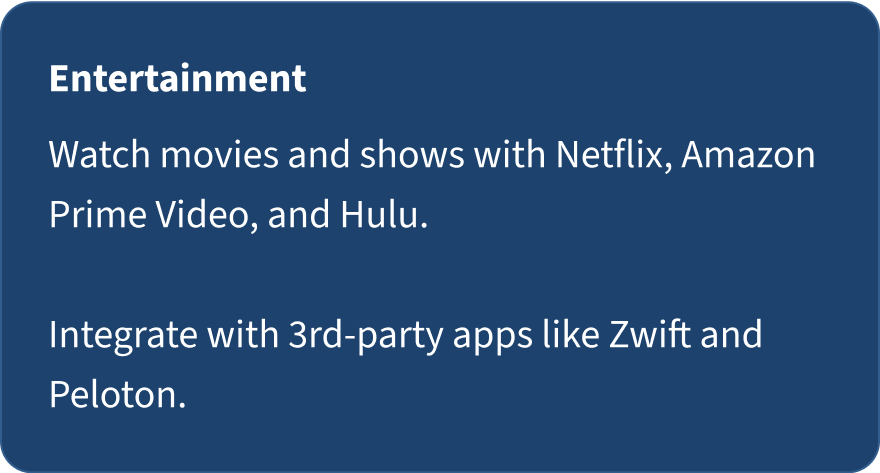
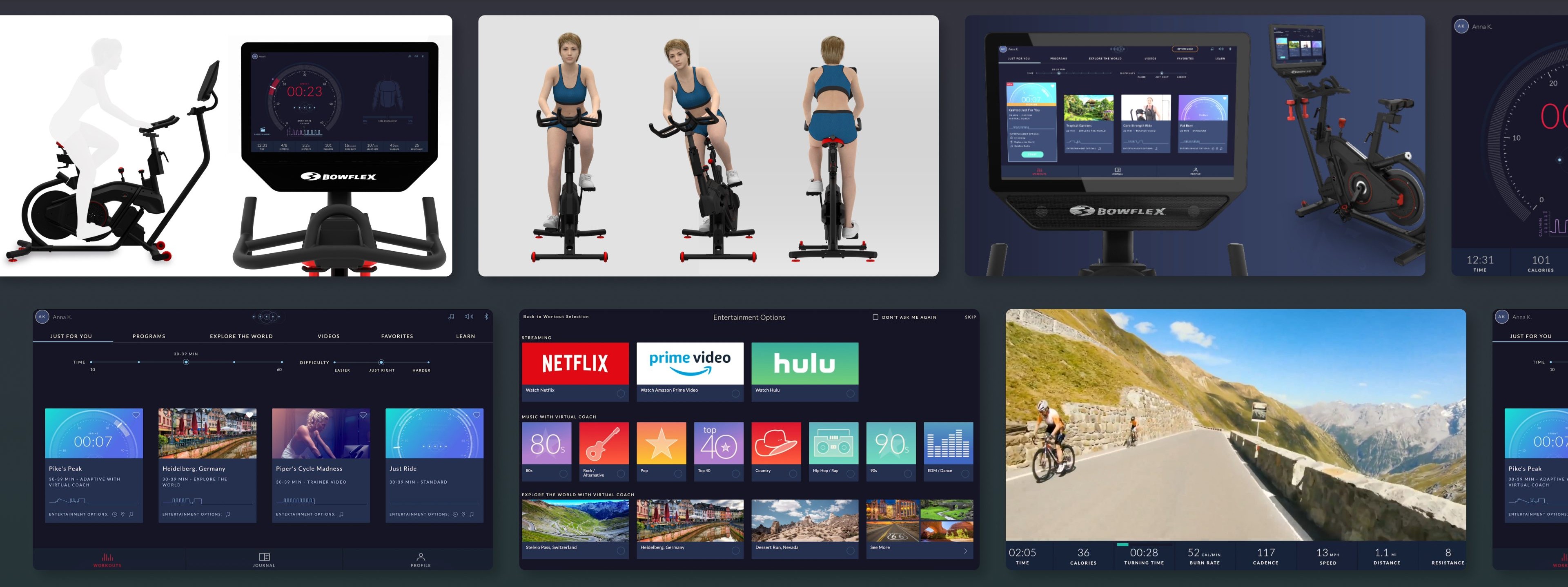
My 3D visualization work and final product screen designs.

With leadership’s selection of a product concept, we kicked off the Design Development phase by innovating on every aspect. We launched in-depth research, formulated workout programs, developed our AI coach’s personality, and went through numerous rounds of user testing and revisions.
I devoted months to user-centered research, consulting numerous spin class instructors and fitness trainers. I created documents and videos for our core team to reference. I also created 3D visualizations to diagram important concepts and details.
For our persona, the research helped us empathize with their mental and physical challenges, understanding how to coach them to overcome obstacles and make cycling workouts fun. For our product, the research defined proper form, ergonomics, injury avoidance, and best practices while riding like a spin bike and leaning for full muscle engagement.
With this knowledge, we formulated impactful workouts driven by an AI coach who is friendly and motivating. Our AI went through numerous iterations, testing types of voices, tones, and verbiage to strike the best balance for our persona.
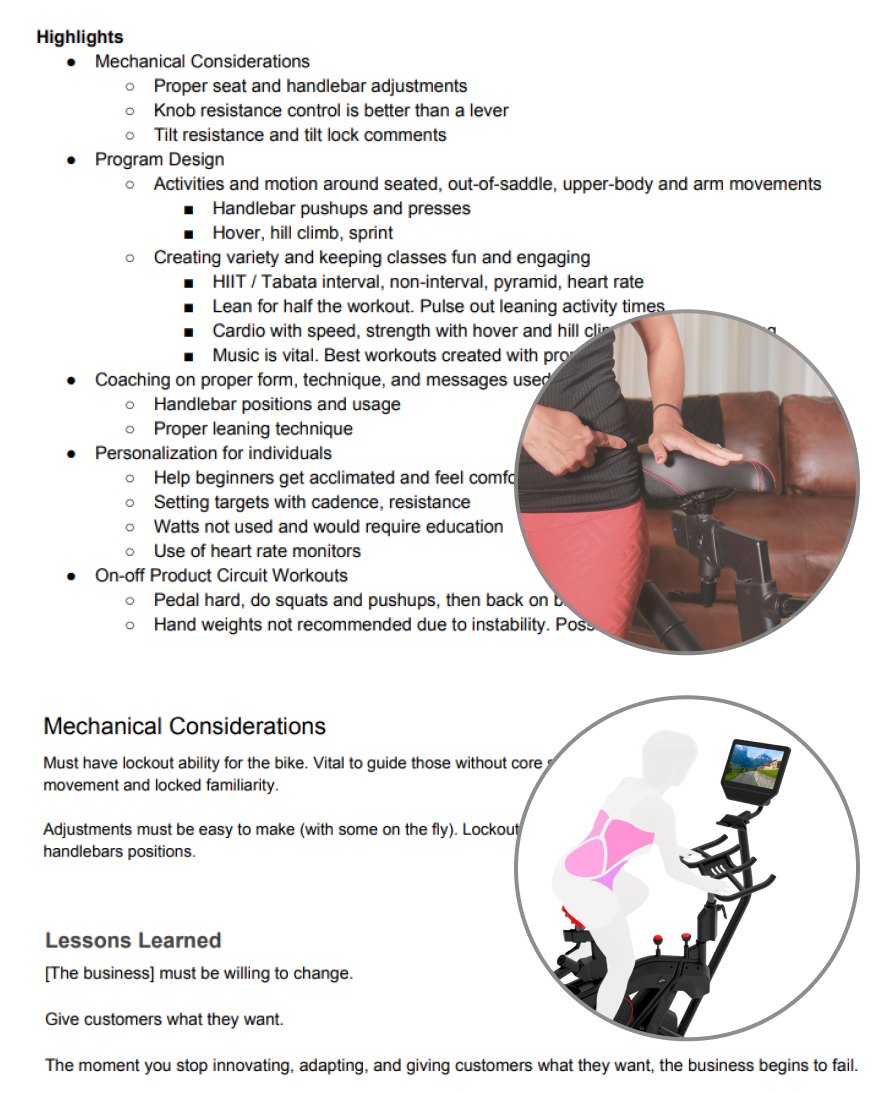
The digital experience focused on important coaching metrics for users to follow with targets to hit. Research showed that the best way to coach is by feel. “Go easy, go moderate, or go hard” is more accessible for our persona than numbers and settings. All onscreen info was designed for clarity whether users were following verbal coaching or zoning out to their favorite shows.
I extended my wireframes into UX-UI designs with animations and sound. I also built prototypes for user testing, and I assisted researchers by walking through scenarios with live participants and asking interview questions. Testers helped our product refine its physical look-feel as well as its digital experience through many iterations.
Layered workout experiences are at the heart of the Bowflex JRNY platform. Users may choose a workout program based on how much time they have. They also have a host of options: an AI coach, streaming entertainment, outdoor scenery from around the world, and more. Numerous combinations provide a personalized session that’s never boring.
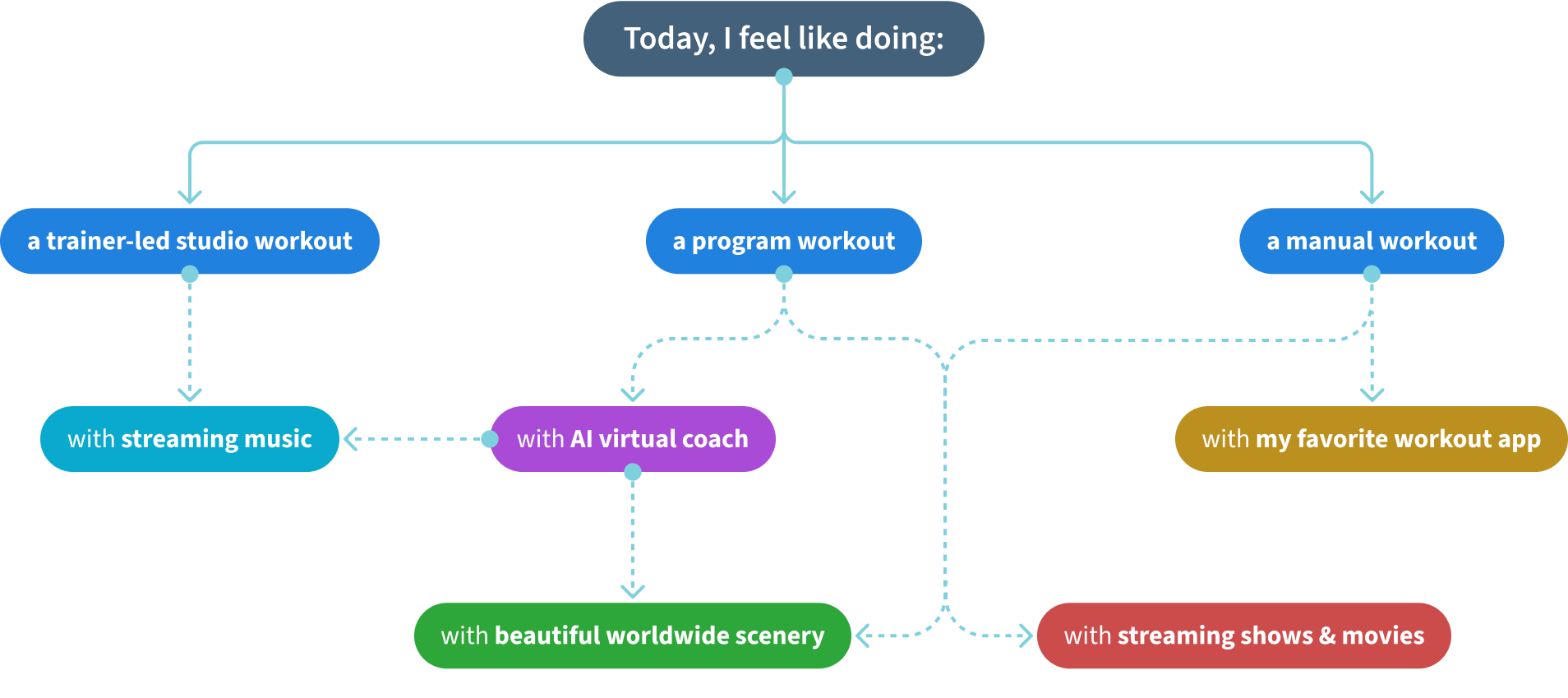
I drafted program workouts with leaning actions, and I invented a method to sync exercise actions to songs from any genre. Research showed that our persona loved working out to their favorite music. By knowing a bit about your musical preferences, AI can create a playlist and splice them into program workouts, matching the music’s beat to the target cadence.
Imagine a mixtape of your favorite songs and genres, perfectly balanced throughout your workouts during warmup, sprints, cruises, and cool-down. With multiple generated mixtapes and playlist customization, you get a new, personalized session with variety, motivation, and fun every time! Unfortunately, this invention didn’t make it into the final digital experience, but I’m still proud of how impactful this would have been for our persona.

Bowflex JRNY® became our rebranded connected fitness platform. The existing app went through a complete redesign to feature the new layered workout experience. The UI needed to support the VeloCore bike's two built-in screen options: a 15" and a 22" display. At the same time, it needed to support other Nautilus fitness products that also have touchscreens and are compatible with iOS and Android tablets and phones.
To ensure a cohesive and universal digital experience throughout the JRNY ecosystem, I created UX-UI to support all screen sizes and devices for all modalities. This involved working through numerous technical challenges and constraints to ensure that other products could have their own distinctive experience as well. I created illustrations and animations to highlight muscle engagement and workout actions. I worked with a small team of UI designers and product experts, submitting a patent for our groundbreaking experience.
In the end, we crafted JRNY into a fun and entertaining platform for bikes, ellipticals, treadmills, kettlebells, and off-product exercises.
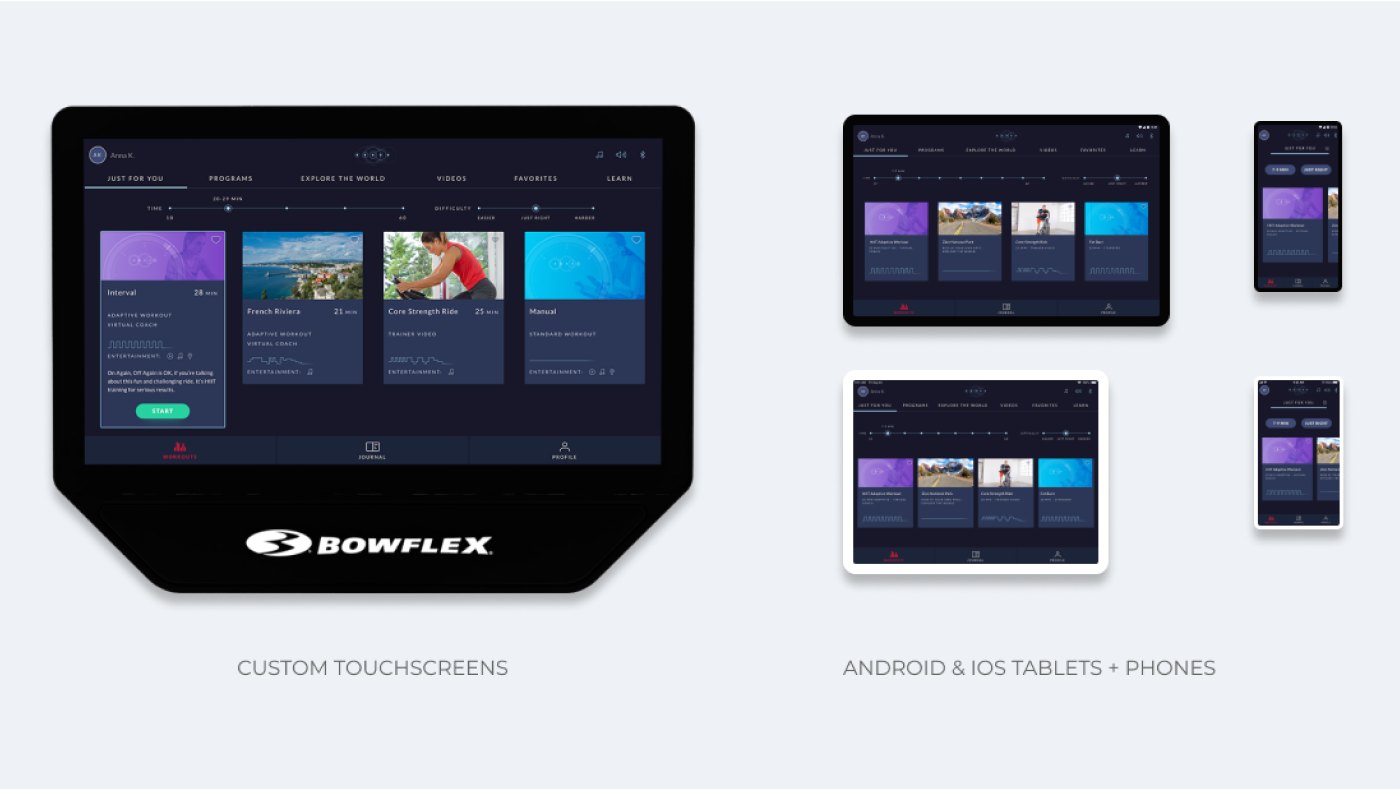
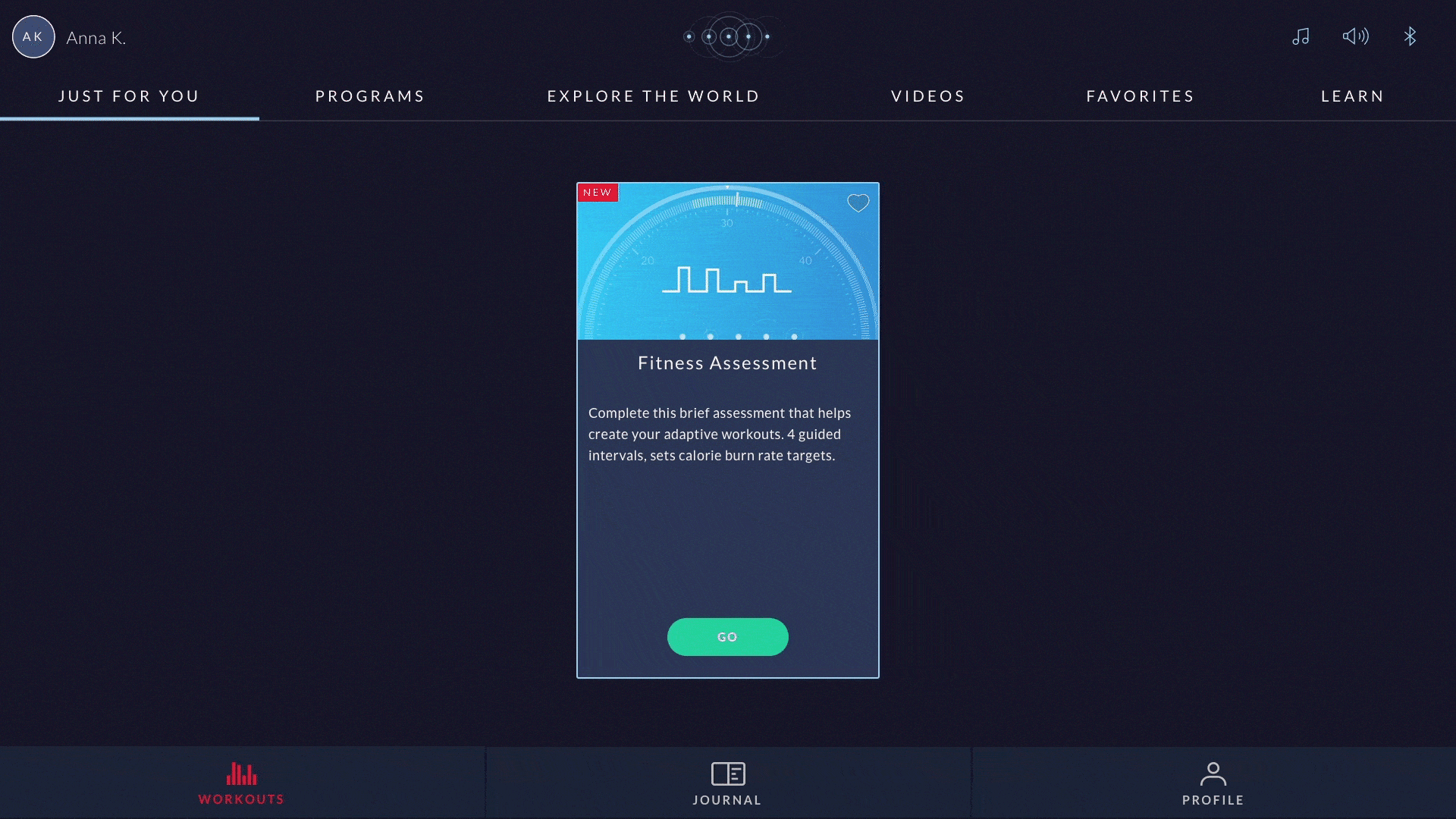
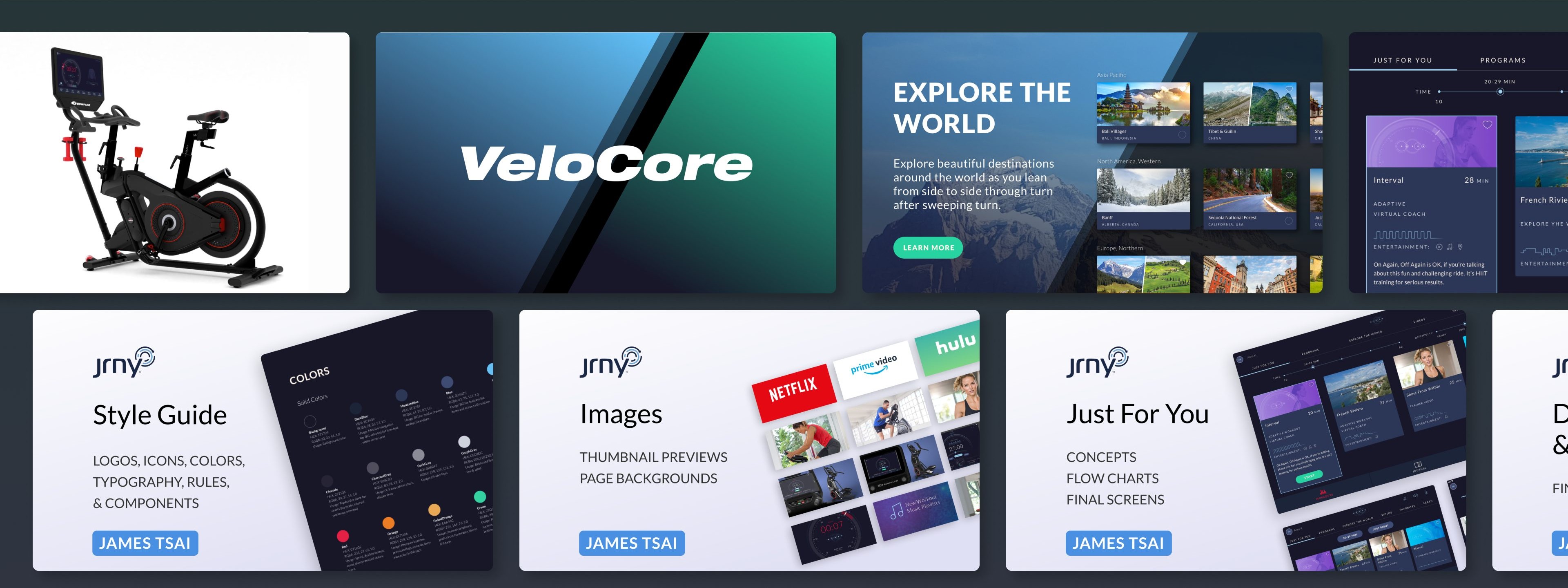
My demo videos with 3D animations, and my Figma design system library.

The VeloCore bike was complete, and the new JRNY connected fitness platform’s design extended to numerous other products across the Bowflex ecosystem. In this last stage, I created product demonstration videos and content, supported the Marketing department, and finalized UI designs with a new Figma design system.
After final designs were handed off, I quickly pivoted to 3D animation and video production. I created numerous onboarding videos that inform users on setup and key features. They became the template for other designers to produce setup videos for other Bowflex products.
For the retail experience, I produced looping videos and a Demo Mode for the bike's large display. Shoppers were attracted by the videos and could try out featured programs. I also supplied Marketing with motion graphics and UI that appeared in commercials.
Prior to this project, the Bowflex UI was in a single document from the Sketch app. It was created by an outside agency and was primarily designed for iOS phones and tablets. On my team of two other digital designers and a UX manager, I noticed the slow pace and difficulty in collaboration.
Sharing meant duplicating the main file, then figuring out how to copy approved updates over. Plugins helped, but most were clunky and unreliable. As features grew, and more hardware and device screens required support, the main file split into separate files. Despite how well we kept it organized, our manager would ask the team every five minutes where things were after unsuccessfully digging through Sketch and InVision. Design reviews with stakeholders also involved spending too much time exporting JPGs and pasting them into PowerPoint slides. As the VeloCore and JRNY efforts progressed, these team process issues became more pronounced.
I spearheaded a process improvement effort by creating a new method for stakeholders, developers, and cross-functional team members to work with my design team. Figma was key for design work, with links documented in Jira and Confluence. Being the only team member with Figma experience, I migrated the team’s UI library on my own. Then I built a design system for my team to apply across all custom touchscreens plus iOS and Android devices. I made components and patterns, and I organized screens and images for easy cross-team access.
Last but not least, I taught everyone on how to use the design system and Figma, catering their learning sessions based on their needs as stakeholders, product managers, designers, engineers, marketers, etc.
My new process enabled fast, cloud-based, real-time sharing and collaboration. It clearly differentiated conceptual designs from final production versions for all parties. This method proved to be incredibly beneficial and a testament to working smarter, not harder.
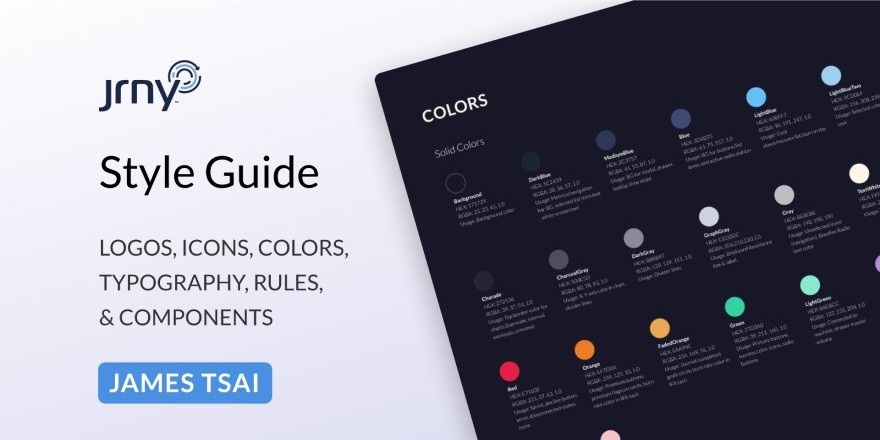
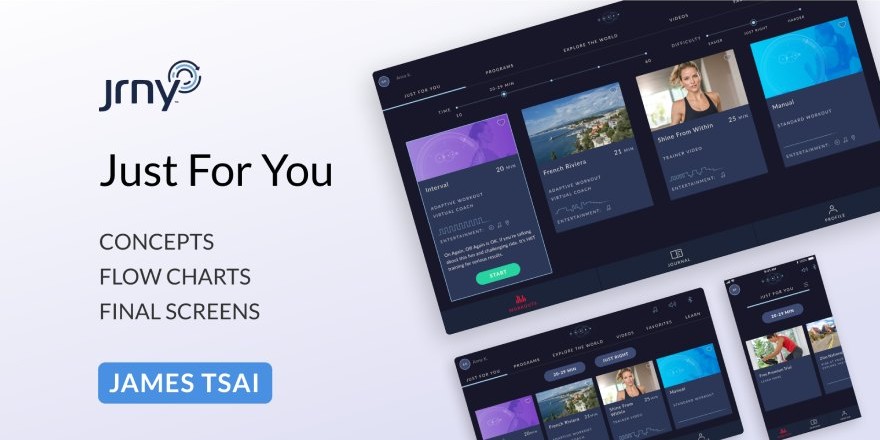
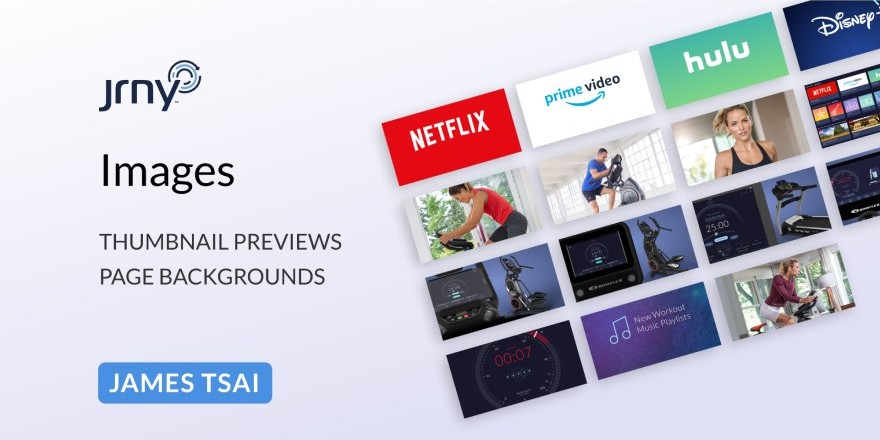
Released in September 2020, the Bowflex VeloCore is available for purchase from Bowflex.com and major retailers.
